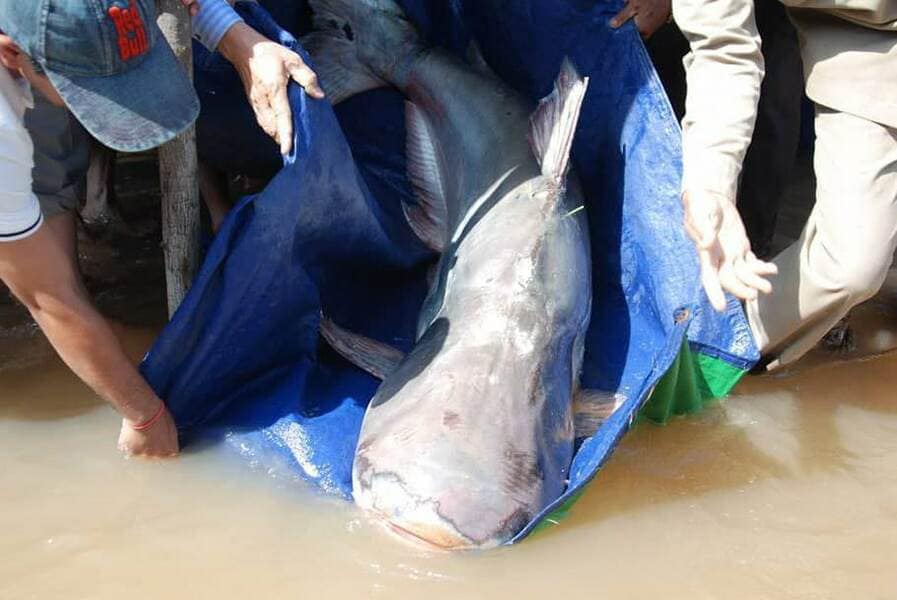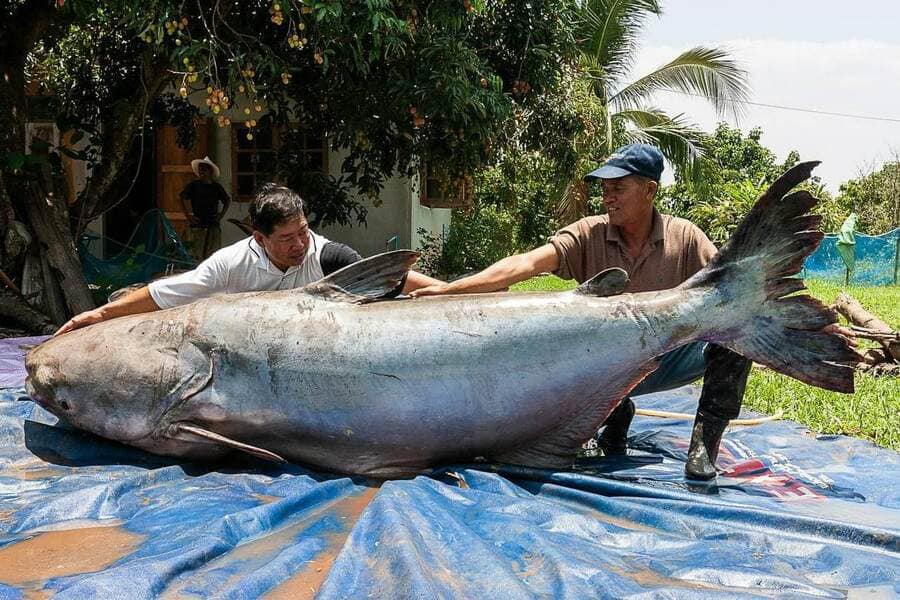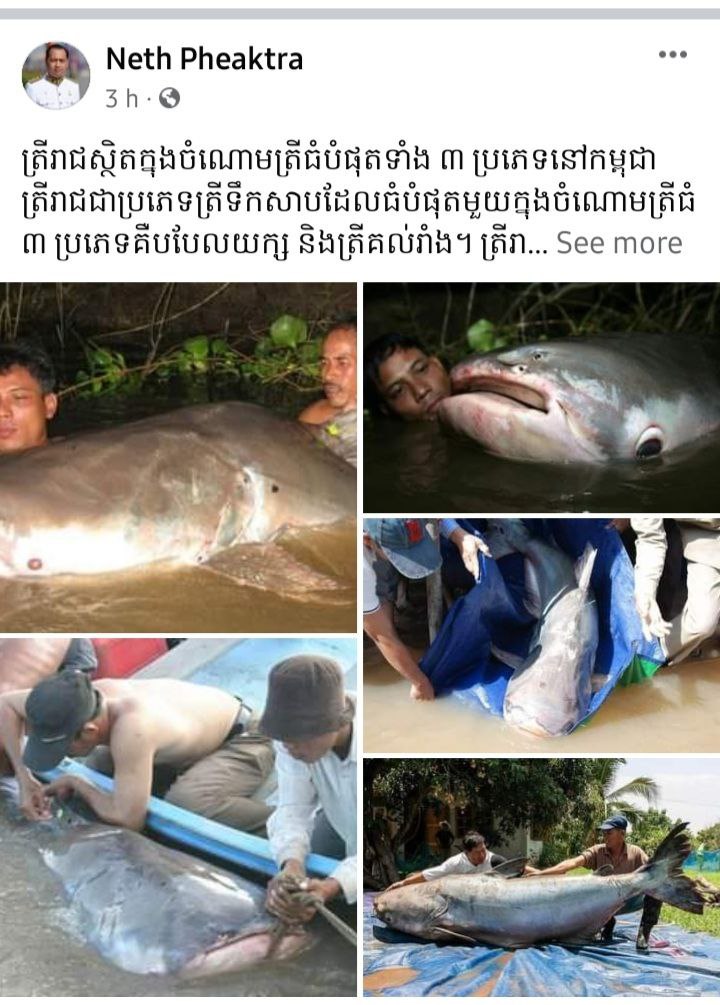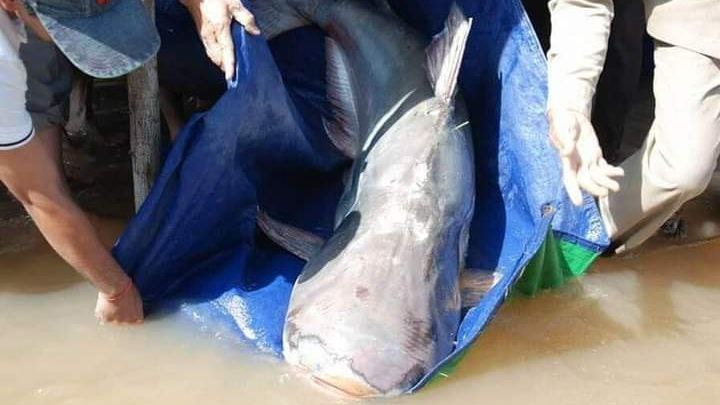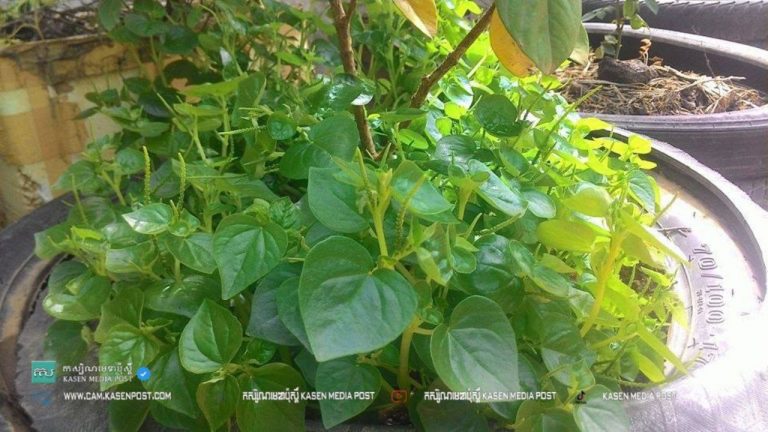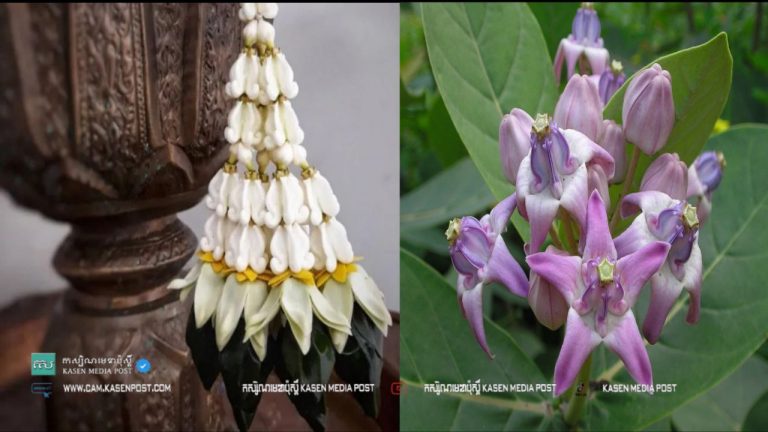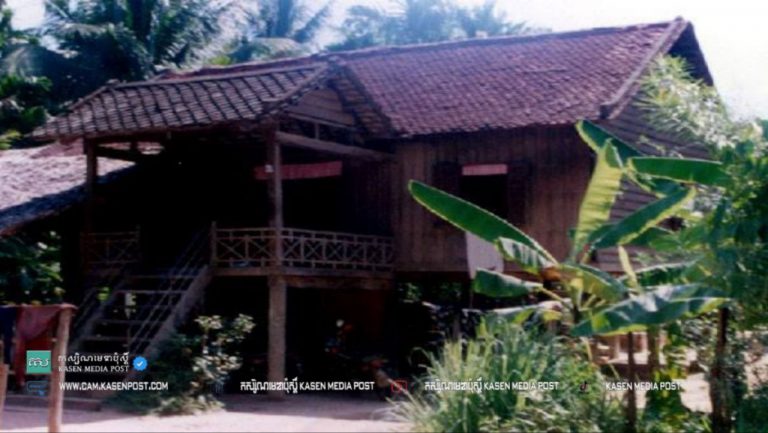The Mekong giant catfish is one of the three largest freshwater fish species, the first giant trout, the second kingfisher and the third carp. The Mekong giant catfish can grow up to 3 meters in length and weigh about 300 kilograms. It belongs to the group of fish that have no skin and smooth skin, and according to the Secretary of State for the Ministry of Environment, Mr. Neth Phatra, the Mekong giant catfish is the largest species of freshwater fish.
According to the Secretary of State, the royal fish has two pairs of short beards and clear back fins and seven hard wings, small fat fins, long butt fins not attached to the tail and a mouth at the bottom. It prefers to live along the Tonle Sap, Tonle Sap Lake and Upper Mekong region, especially along the canyons in the Mekong River in Kratie and Stung Treng provinces, and is a long-distance fish species. The Mekong giant catfish is often caught in the Tonle Sap catfish orbit, and this catch is when it travels from the Tonle Sap Lake in October to spawn and hide in deep canyons. Along the Upper Mekong River. Adult trout can reproduce when they are 6 to 8 years old and they lay eggs from June to July in the Tonle Sap Lake. The first juveniles are 12 to 15 cm long. The Mekong giant catfish can live up to 60 years and is the fastest growing species, gaining more than 10 kg per year.
The IUCN is on the International Union for Conservation of Nature (IUCN) Red List of Threatened Endangered Species, and it is listed as an appendix to the CITES Convention. Which strictly prohibits fishing, buying, selling and transporting. Trey Reach has been banned from fishing, buying, selling and transporting since the Sangkum Reastr Niyum era through the Fisheries Code No. 80 NS dated 23 April 1956 and now through Sub-Decree No. 123 August 2009 on Endangered Fisheries in Cambodia (Freshwater). According to reports, in the last 20 years, a Mekong giant catfish weighing nearly 300 kilograms and 2.74 meters long has been found. The Mekong giant catfish was equipped with a tracking device and released into the river.
